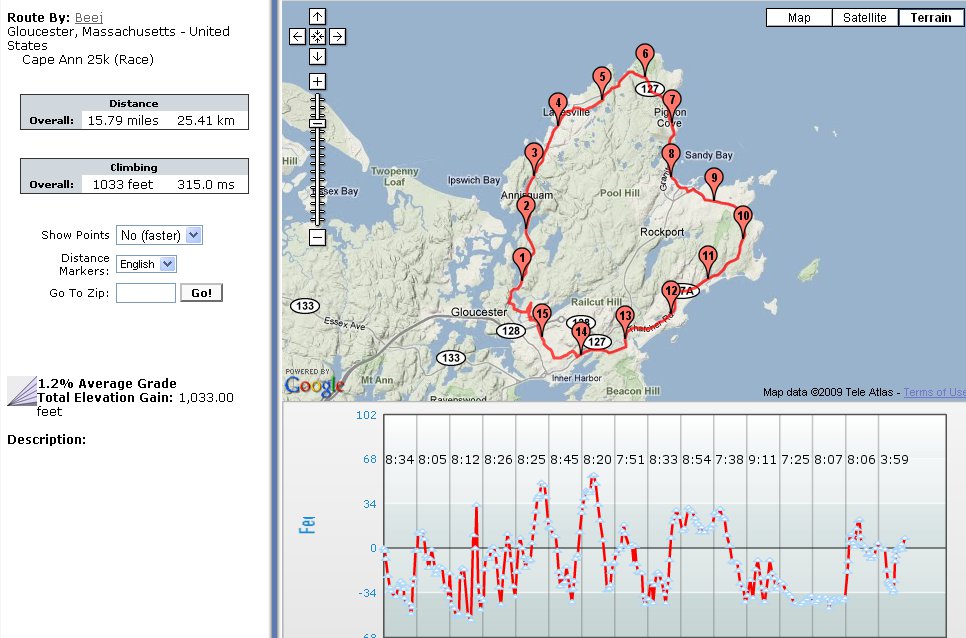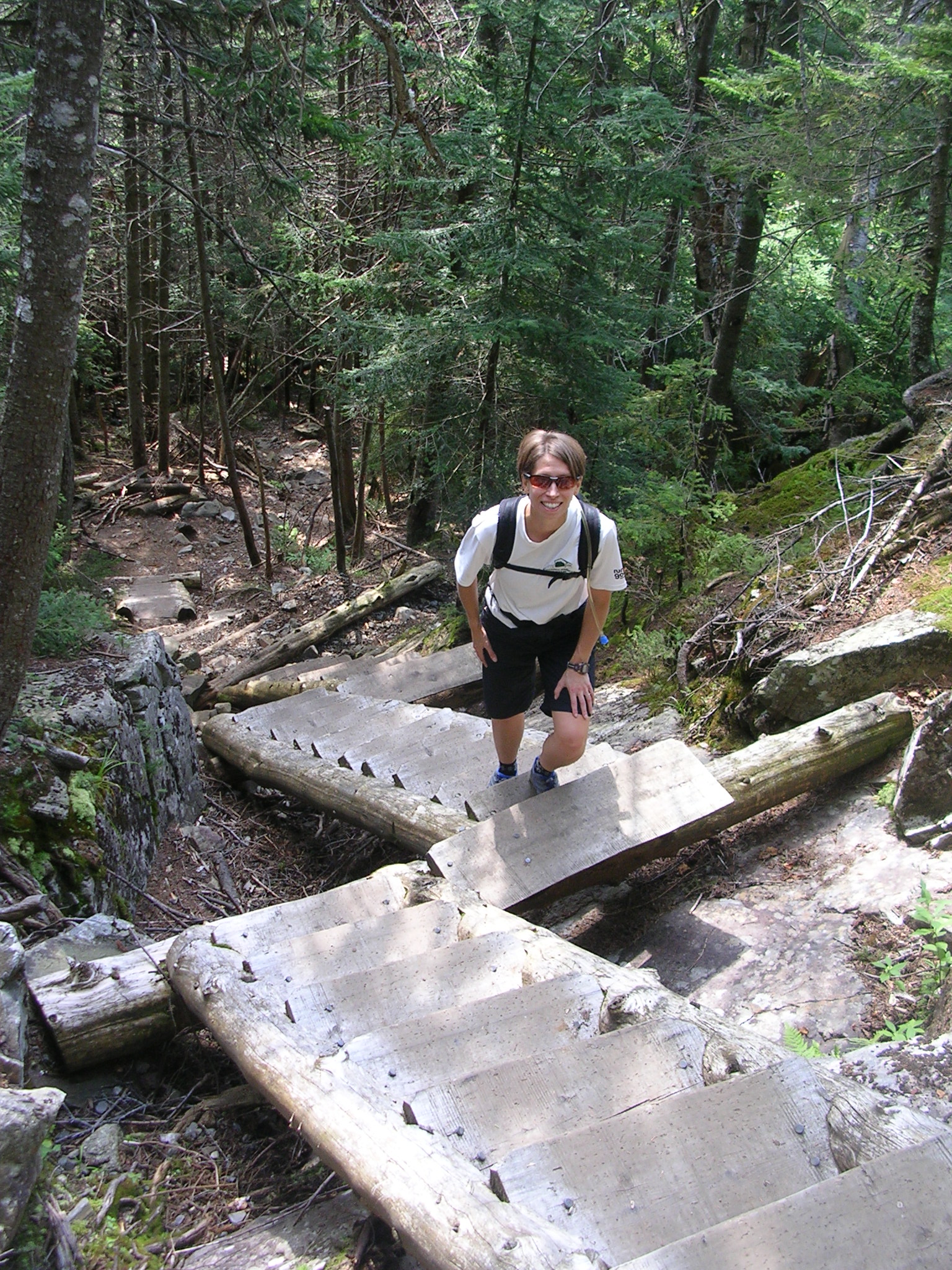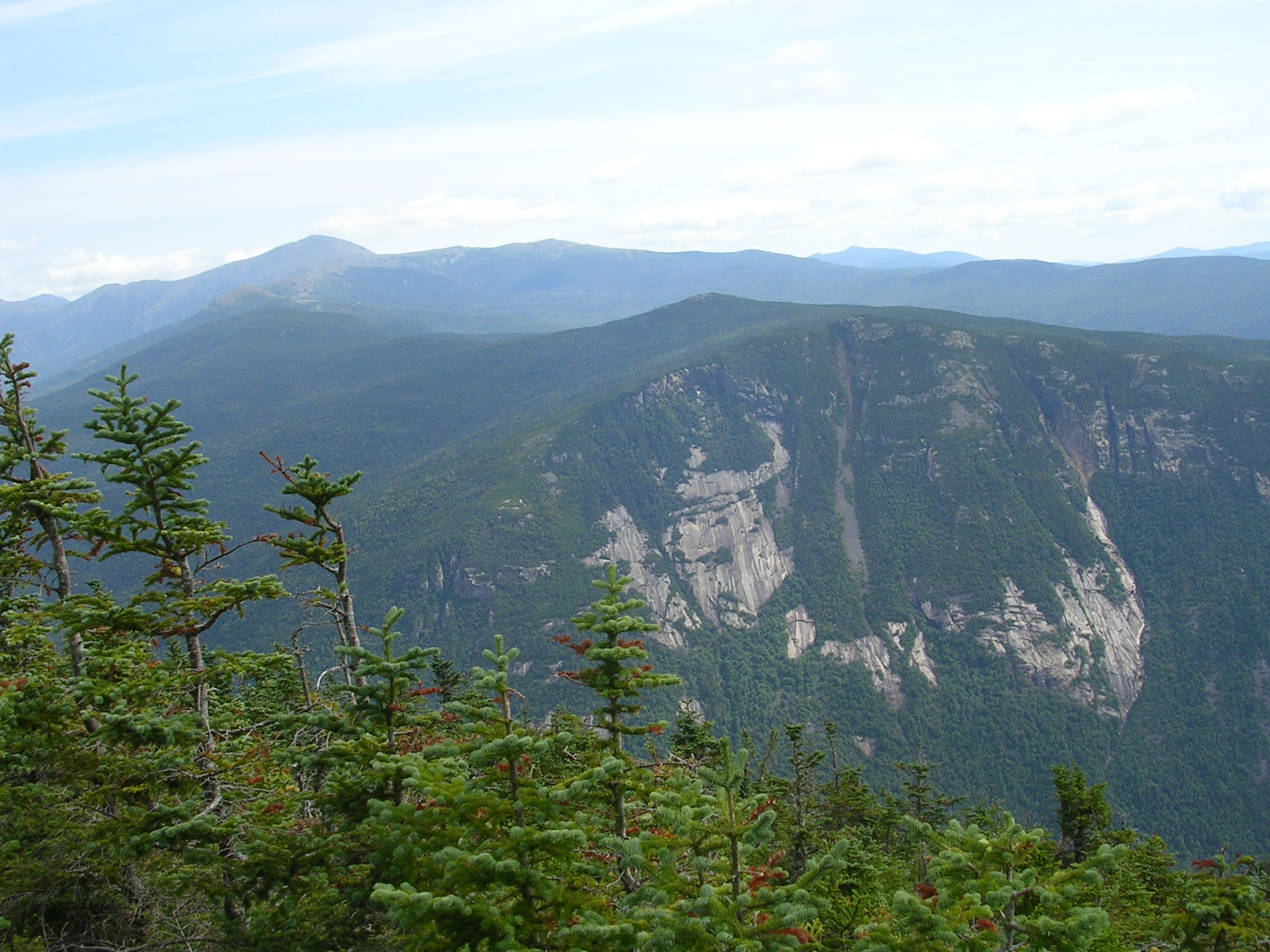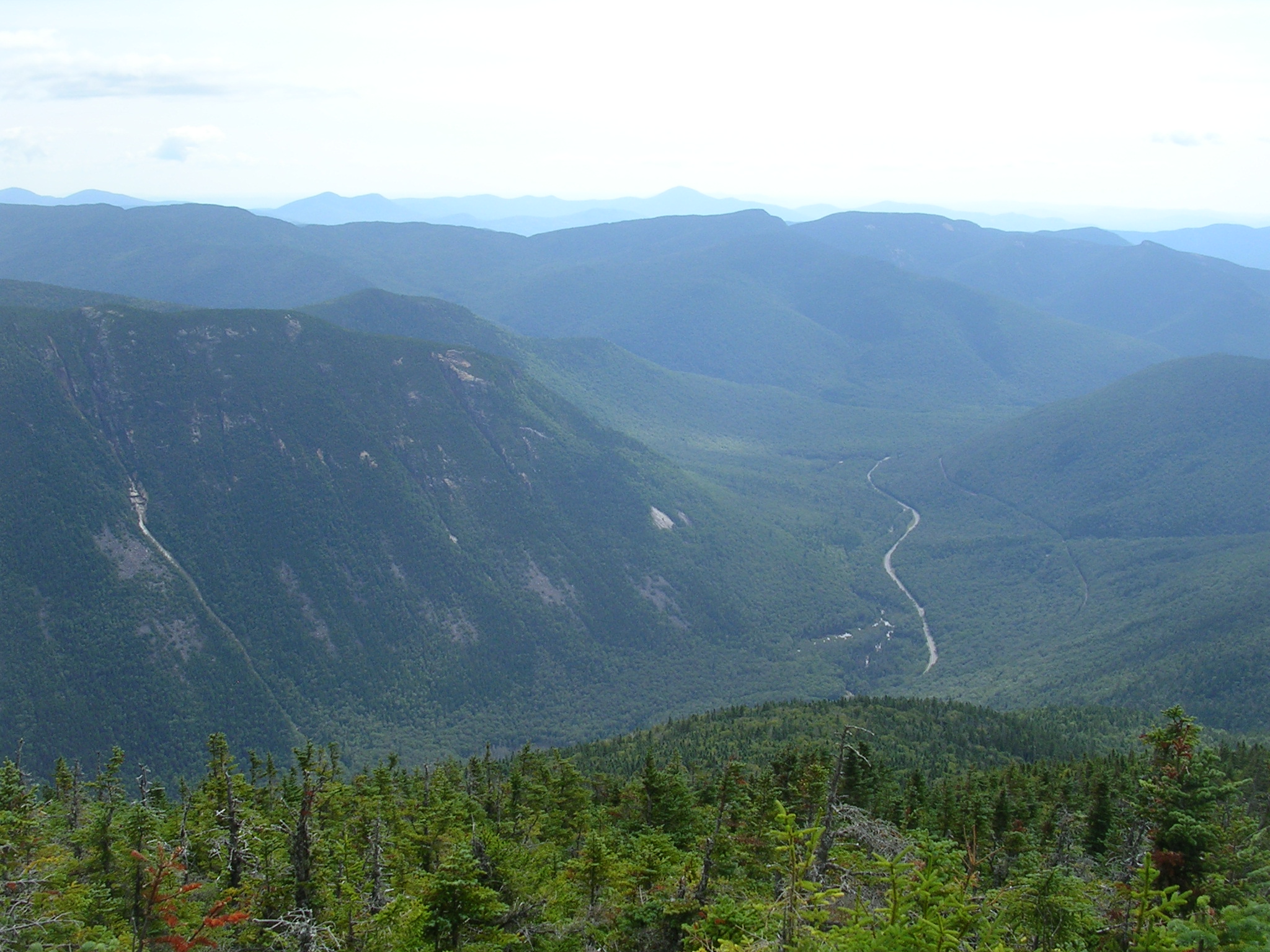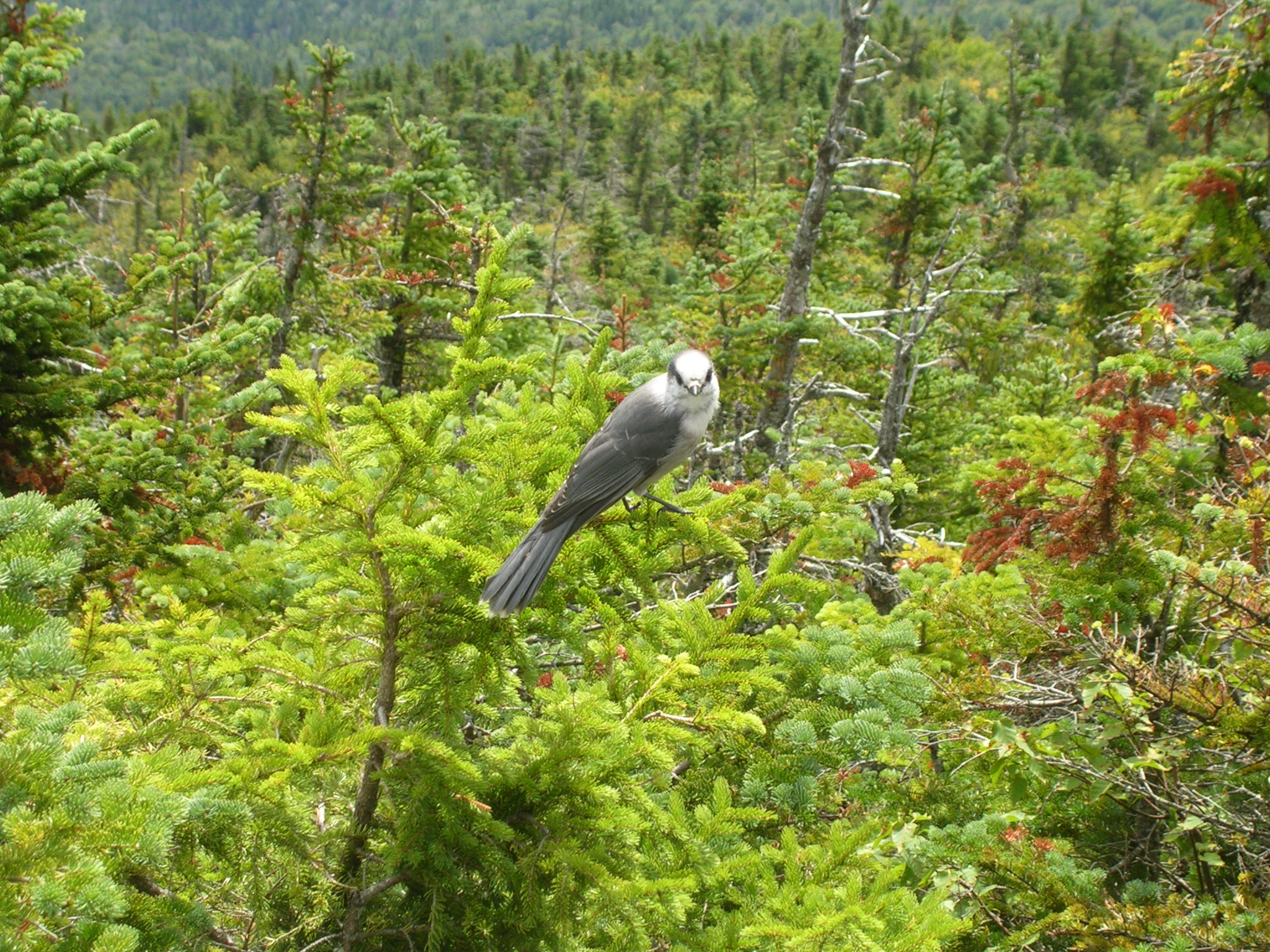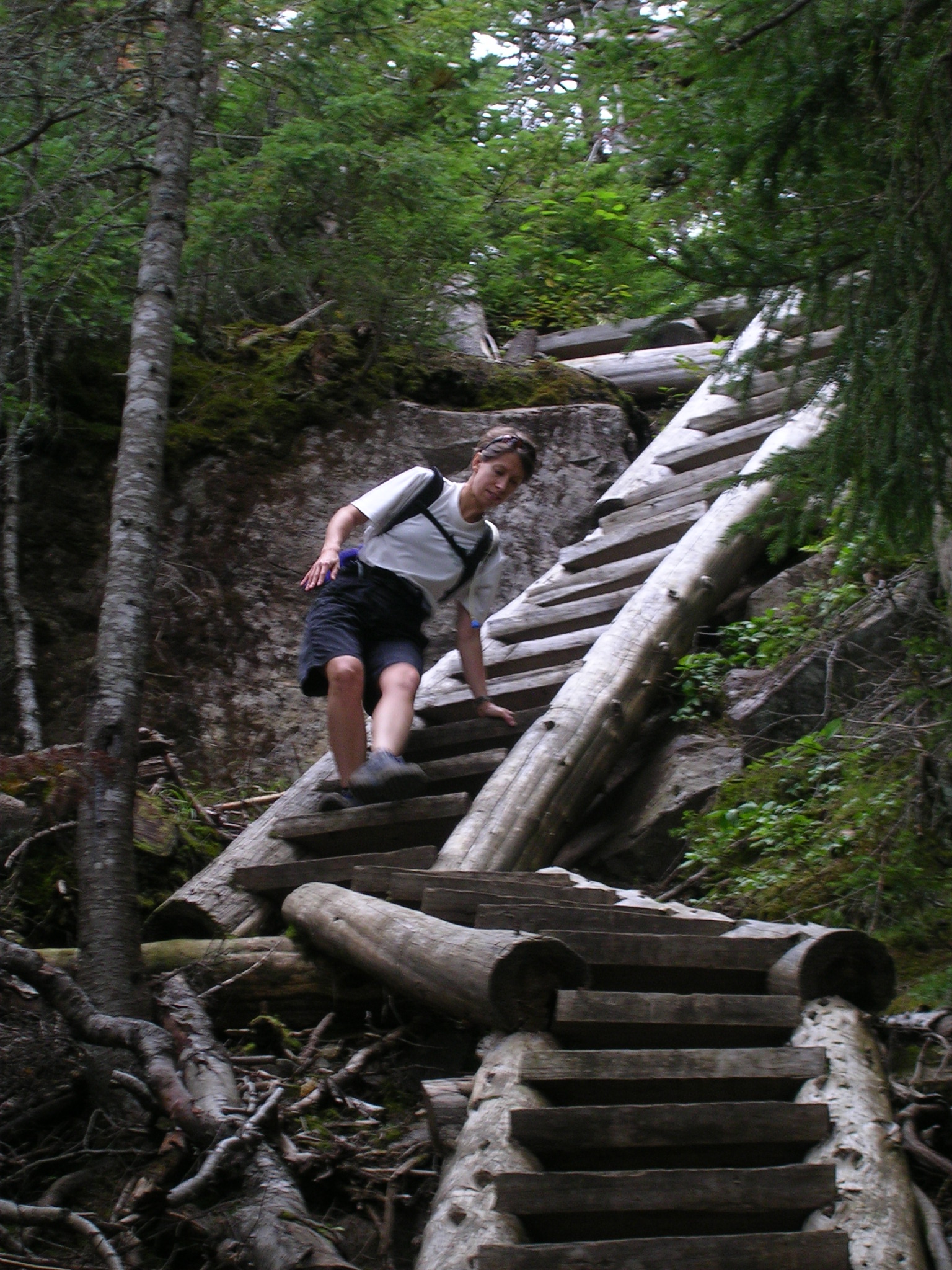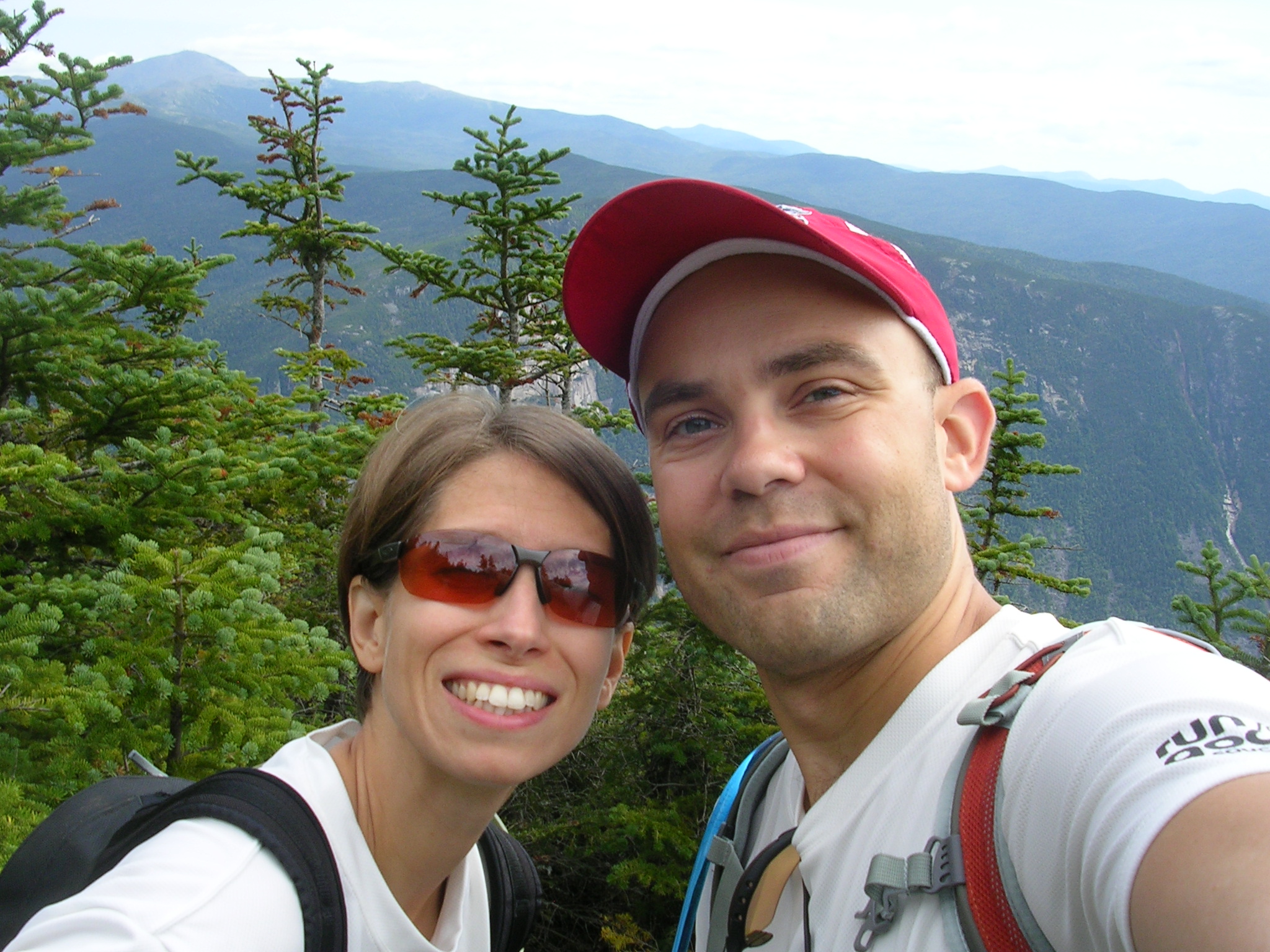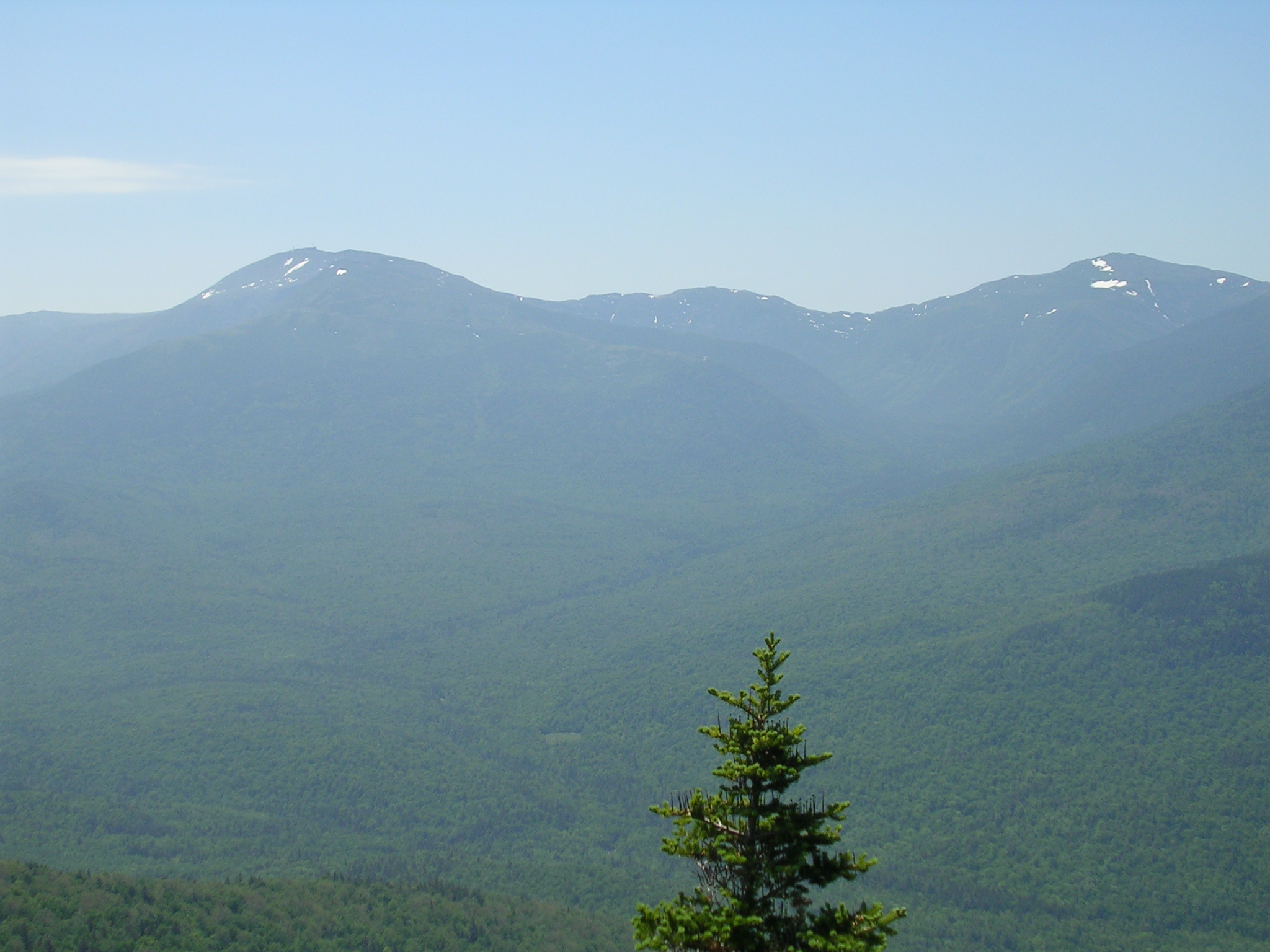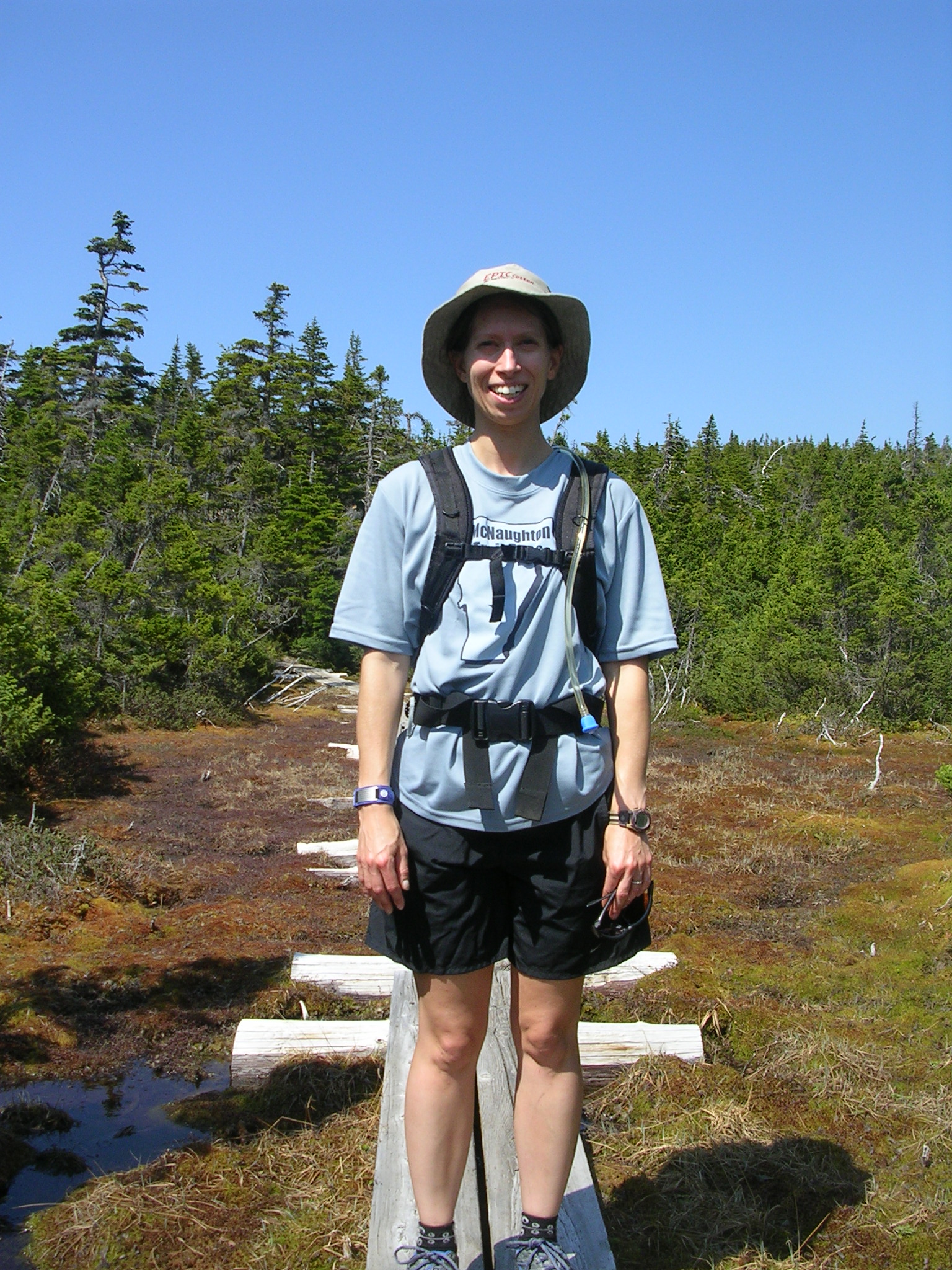A little under a year ago I raced in my first ever triathlon, the Powow Sprint Triathlon in Amesbury, MA. After that race, I wanted to do something a bit longer. The sprint distance goes by so fast and is over in under 90 minutes. In September of last year I completed the Lobsterman Olympic Distance Triathlon in Freeport, Maine. I enjoyed the Olympic distance but I still felt like I wanted something longer. Just as the bike was getting good and I was in a groove the bike ended. Ditto for the run. And the swim, well, swimming a mile is tiring but is the shortest part of the day. With that in mind in January I decided to sign up for a Half Iron and begin a 20 week training program to step me up from Olympic to Half Iron distance.
Today was the culmination of those 20 weeks of workouts where I swam 36.8 mi, biked 715 mi, ran 255 mi and ran 16 mi on various mountains. The 126 hours of training was about 85% of what I planned. I’m happy to report that I survived the race and finished the course in a time of 6:12:18. My splits for the 1.2 mile swim, 58 mile bike (the course was 2 miles longer than regulation), and 13.1 mile run were: Swim: 41m 41s T1: 2m 52s Bike: 3h 2m 19s T2: 1m 17s Run: 2h 24m 9s. I pay a lot of attention to my body while training and out a lot of thought and effort into making a solid racing plan. My plan had me finishing between 5:45 and 6:15. If I had rocked the run I would have come in a lot closer to 5:45. If I did “as expected” I thought I’d finish in 6:00. If I had a hard run I should come in under 6:15. Any likely scenario that had me finishing in over 6:15 would probably have meant major issues with cramping, fueling, or hydration and I suspected would have lead to a DNF (did not finish). I’m pleased to have finished within my goal time of 6:15 and as expected was the result of a hard run due primarily to the temperature on the run course.
Edit 6/23/10: I’ve had several days to go over the race and analyze things and I’ve come to the conclusion the biggest problem was shortchanging my bike training over the last 6 weeks of training. The heat didn’t help but the core problem was fitness level.
On Friday night Susan and I drove down to the south shore, picked up my race packet, and checked into a hotel about 20 minutes from the race site. It was worth a little money to get an extra 2 hours of sleep on race morning. After dinner and some tv to relax I measured out my nutrition for the next day so in the morning all I would have to do is “add water.”
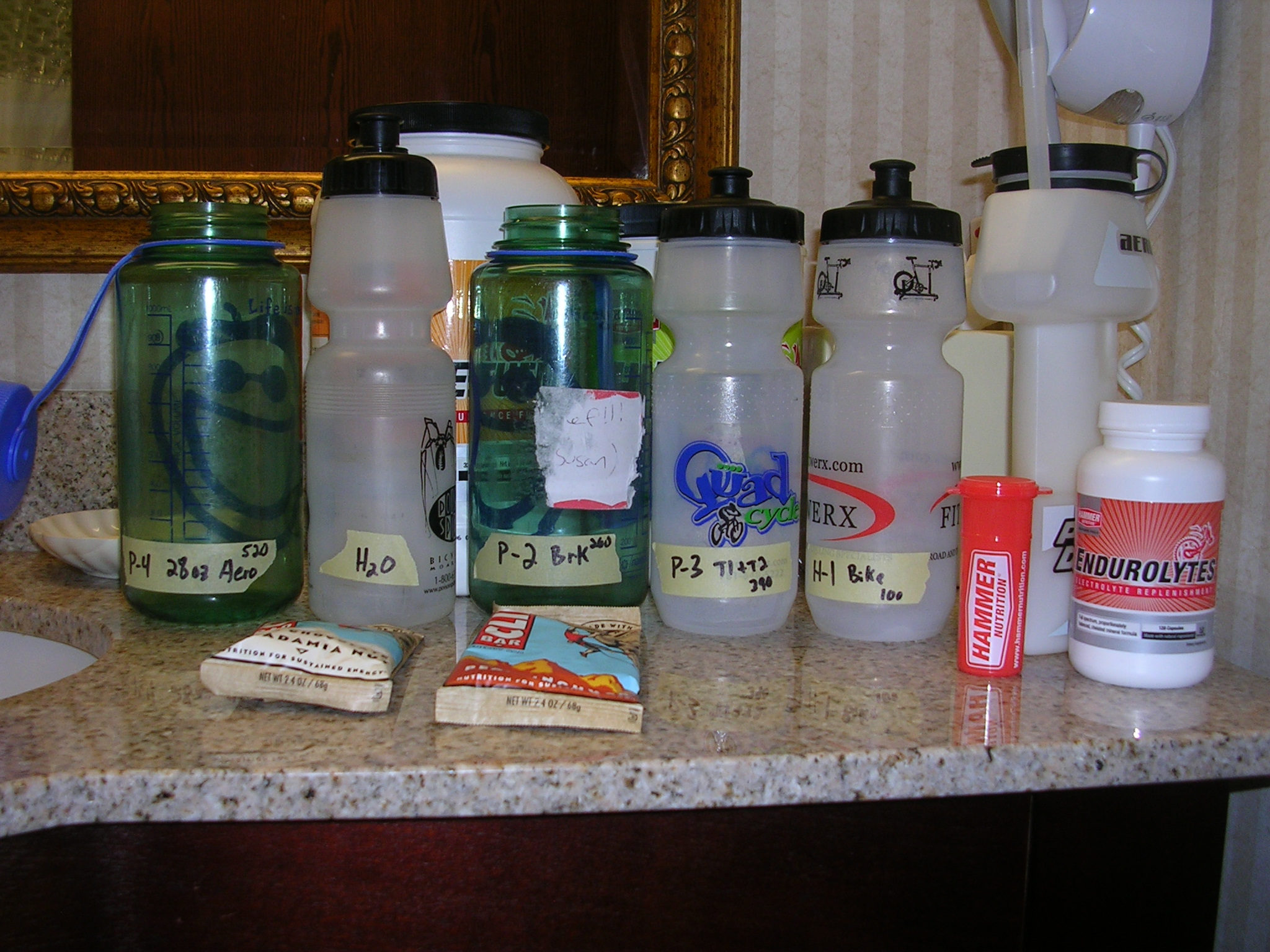
Perpetuem, HEED, Endurolytes, and Water
Perpetuem is my main source of calories and contains a balance of protein, fat, and carbs. In longer events adding fats and proteins to carbs is necessary. HEED is an electrolyte replacement drink that provides some additional calories. Endurolytes are electrolyte replacement tablets (like salt pills but with a balanced mix of electrolytes) to stop me from cramping. My nutrition was planned out well ahead of time and I knew what I would be consuming from breakfast every hour until the race completion. If I was not going to succeed it certainly wasn’t going to be for lacking a race plan.
I fell asleep about 10:15 and managed to sleep pretty well until the alarm went off at 4am. I ran through the shower, had breakfast (bagel, banana, and coffee), got dressed, and headed out to the race site. We got there about 5:30 which gave me plenty of time to get my body marked, set up my transition area, and relax before the start.
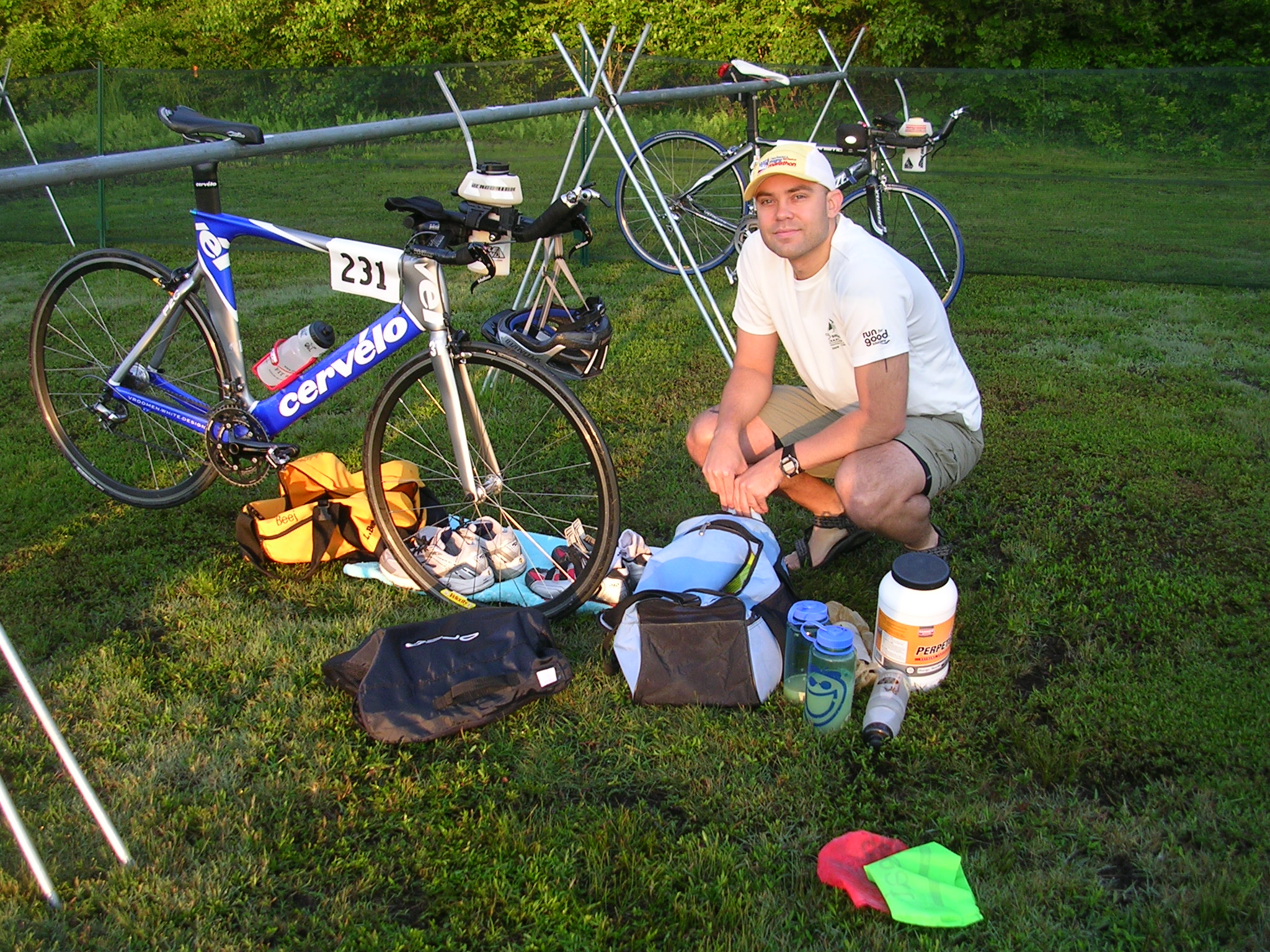
Transition set up
Here’s a shot of the very calm Long Pond around 6:30am. The swim course is counter clockwise, goes past the green and 3 orange buoys on the right hand side before turning left for 2 buoys, and then back in along the left hand set of orange buoys. It’s a little hard to see in this shot. If you click on the photo you should get a full sized one which is a bit easier to see.
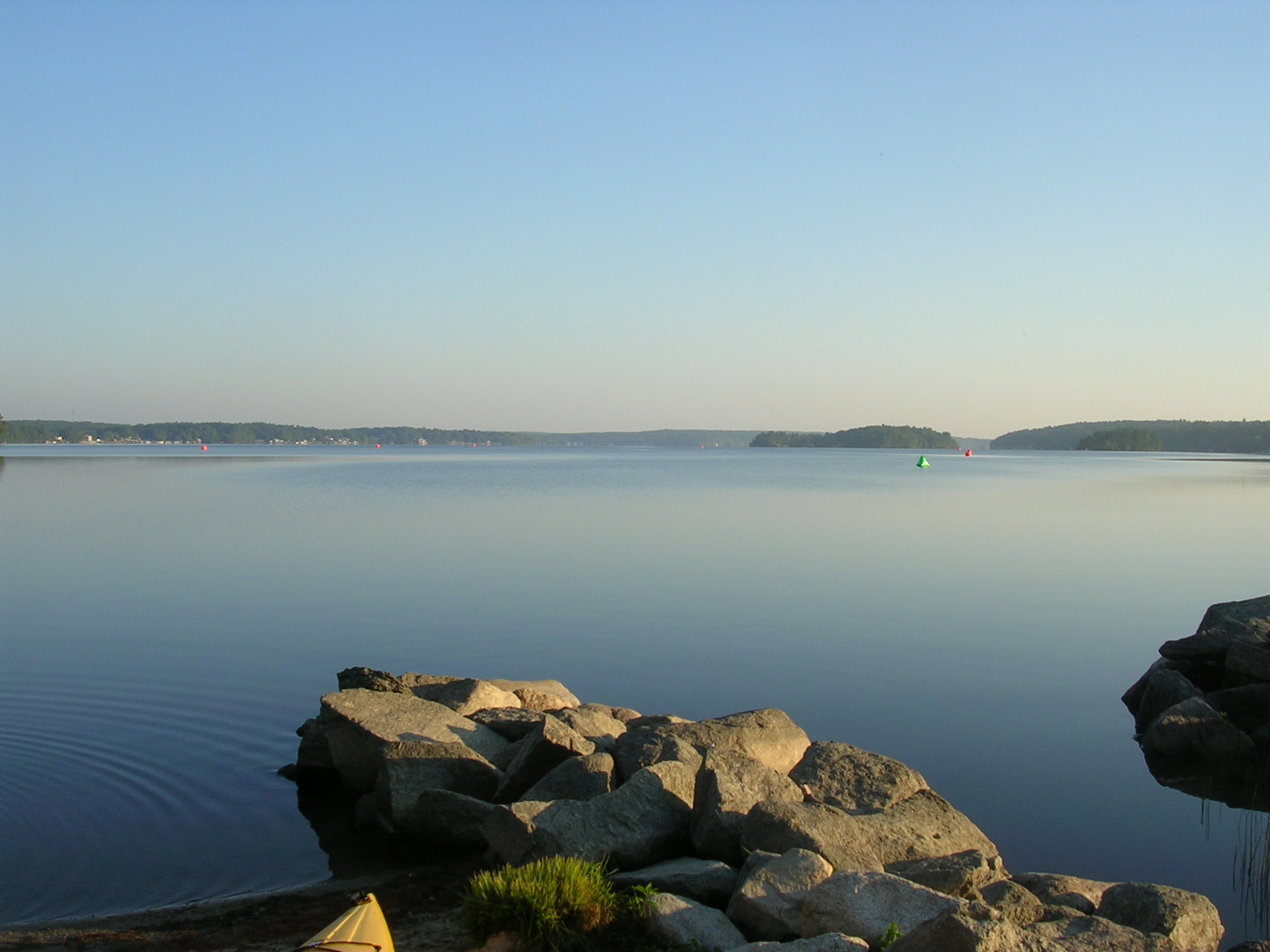
Swim course
About 7:15 the first wave of swimmers went into the corral, marched down to the water, and was launched off. I had to wait about 20 minutes since I was in wave 5 or 6 before the men 35-44 were set to enter the water. This being the Minuteman Sprint/Patriot Half Triathlon we had actual Minutemen firing a volley to launch each wave. If you look closely you can see Susan covering her ears to the right of the Minutemen.
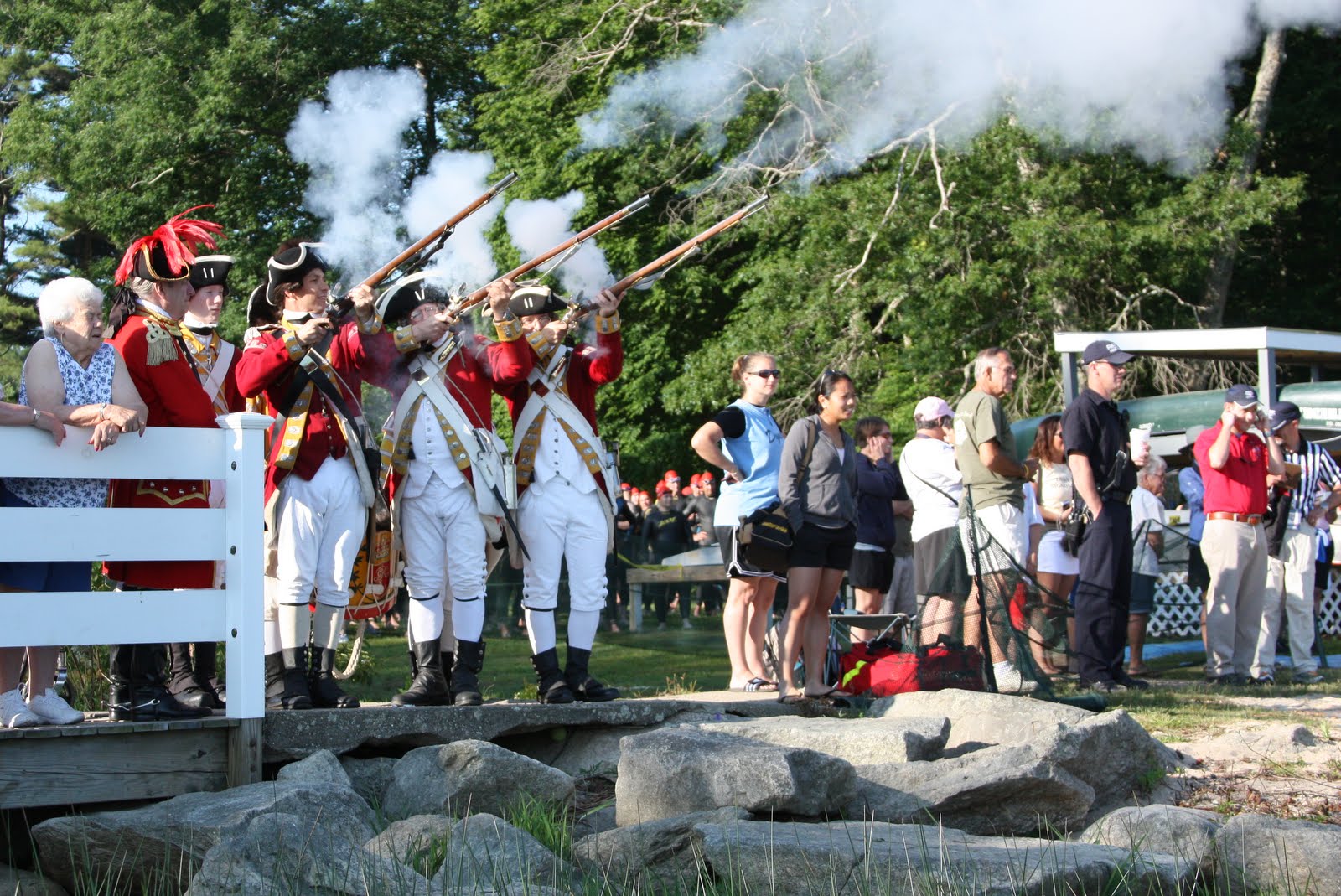
Are you threatening me?
Here is my wave going off. I have the green neon stripe on my arm and in the second shot that is my left elbow about to enter the water. The first 100 meters are pretty chaotic but it settles down eventually.
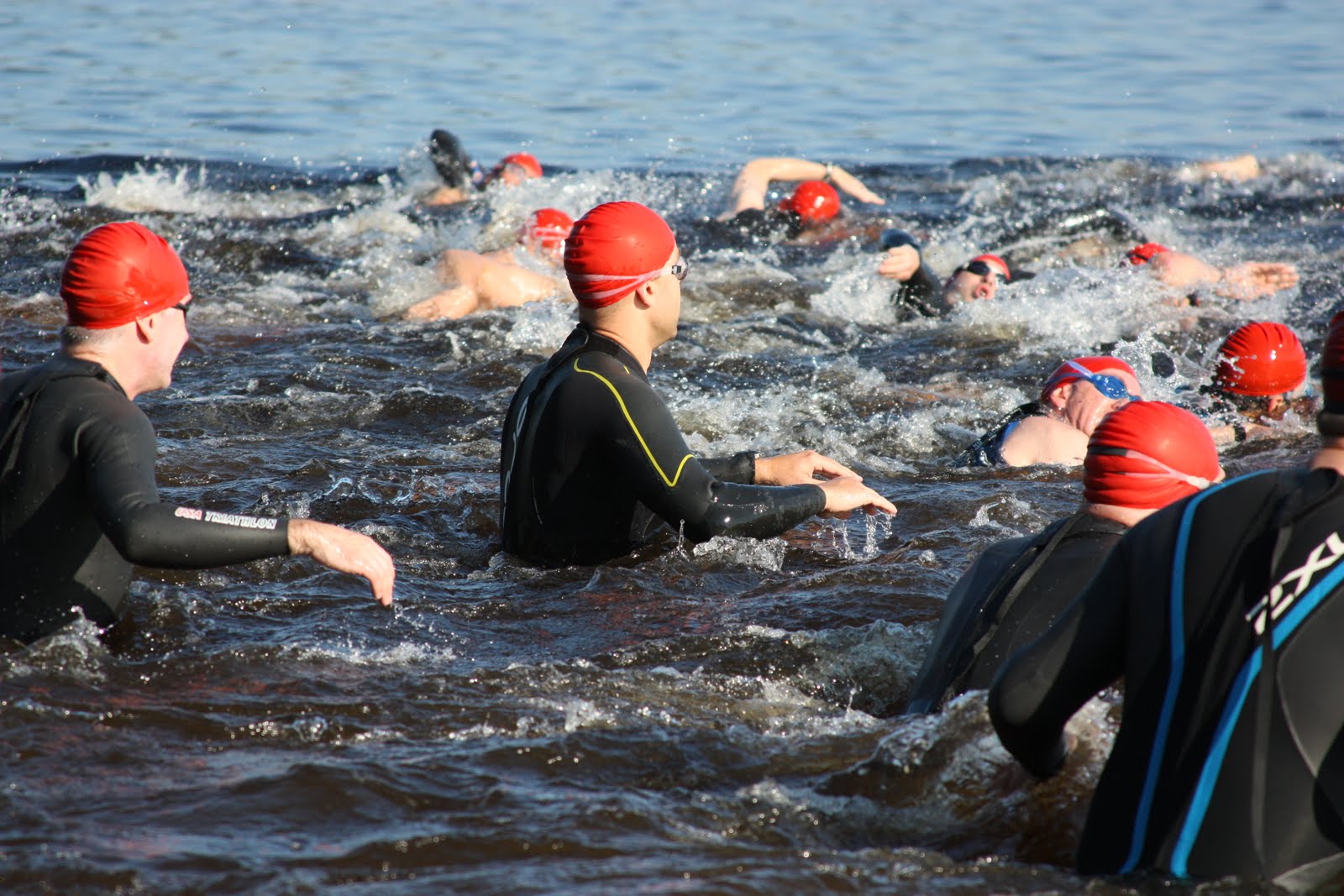
On your mark, get set...

GO!
The swim itself was largely uneventful. I started getting passed about 1/3 and 2/3 of the way through by the better swimmers from the waves after me. I felt like I swam a strong race until the last 200m or so when my form started to break down. I had no problems sighting the buoys on such a calm pond and didn’t waste much time zig zagging. My swim pace was 2:09/100m which is 10 second/100 slower than I do in a pool. Personally I thought the swim seemed long. Last year apparently they measured it 0.2 miles short and tried not to make that mistake this year. In any case here is me coming out of the water at 41 minutes and 41 seconds.
Edit: Sunday 6/20 – I’ve been reading race reports from others and they all indicate the swim leg was long, up to .2 miles. At 1.4 miles for the leg my pace would have been 1:51/100m which was about the speed I thought I was swimming. Hard to know for sure, but I feel better about my pace.
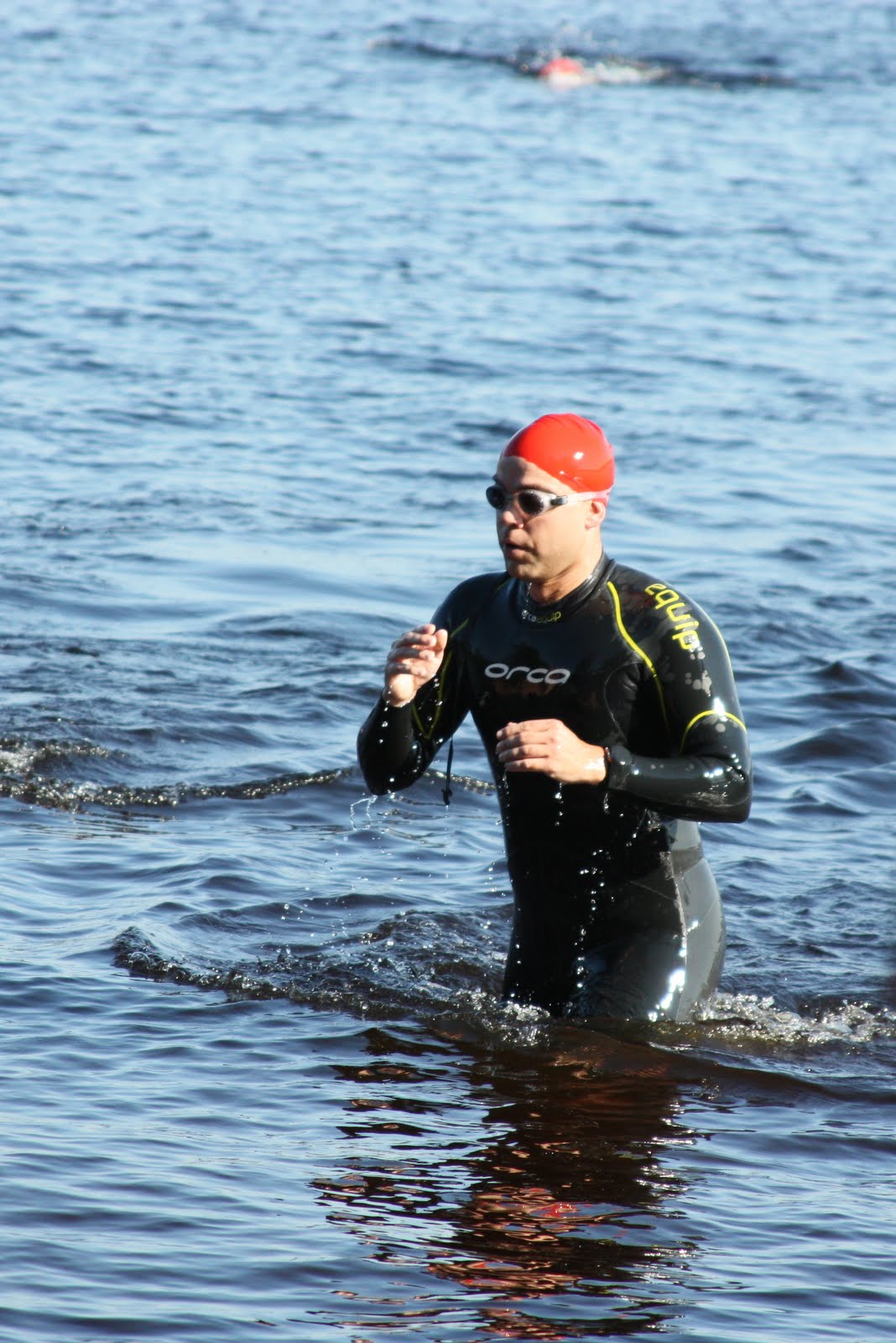
Creature from the black lagoon
After running up the beach into the transition area I made my way to my bike, stripped out of my wet suit, put on my cycling gear and was out of transition in a decent time of 2 minutes 52 seconds. I had some balance issues after the long swim so it took me a little longer to get out of my wetsuit than I would have liked but not a bad time in any case. Here I am running my bike out of transition to the mount area.
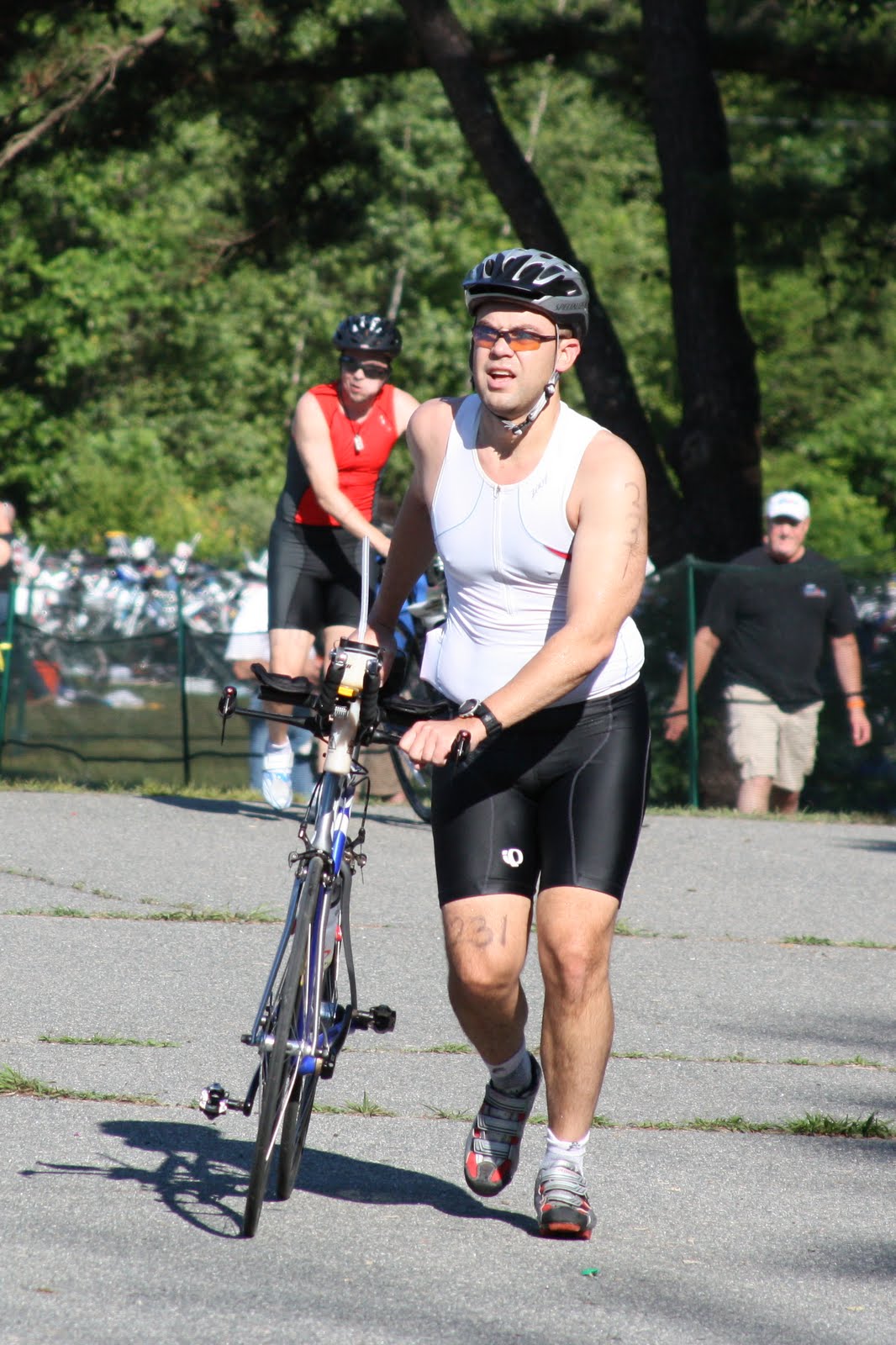
Calm that heart down and get the legs working
The bike course itself was 2 loops of a 29 mile course. Normally a half is 56 miles biking but they decided to throw in 2 extra miles for no additional fee in this race. I had a plan to try to hold myself to 204 watts as measured by my power meter on my bike. I set this power level based on time trials I did my final 2 weeks of training. The theory is that by establishing a threshold power level that I can sustain for 1 hour you can then calculate a safe power to ride at for longer periods without blowing your legs up for the run. After the first hour I decided to back off on the power as my legs were feeling it a bit more than I would have liked. I wanted to make sure that I would be able to finish the race and the level I set was just an estimation based on a shorter test. Nothing substitutes for live data.
The course is very flat by New England standards and had really good pavement with the exception of about 2 miles. The winds were calm for most of the first loop but started picking up for the second. I ended up doing the first loop in 1:30:00 and the second in 1:32:19 with an average power of 180 Watts, average speed 19.1 mph, and a max speed of 33.6 mph. Here’s a picture of me coming into the second transition area after 58 miles of biking. I grabbed a water bottle just before this was snapped so I could cool off and rinse some salt buildup and road grit off of me.
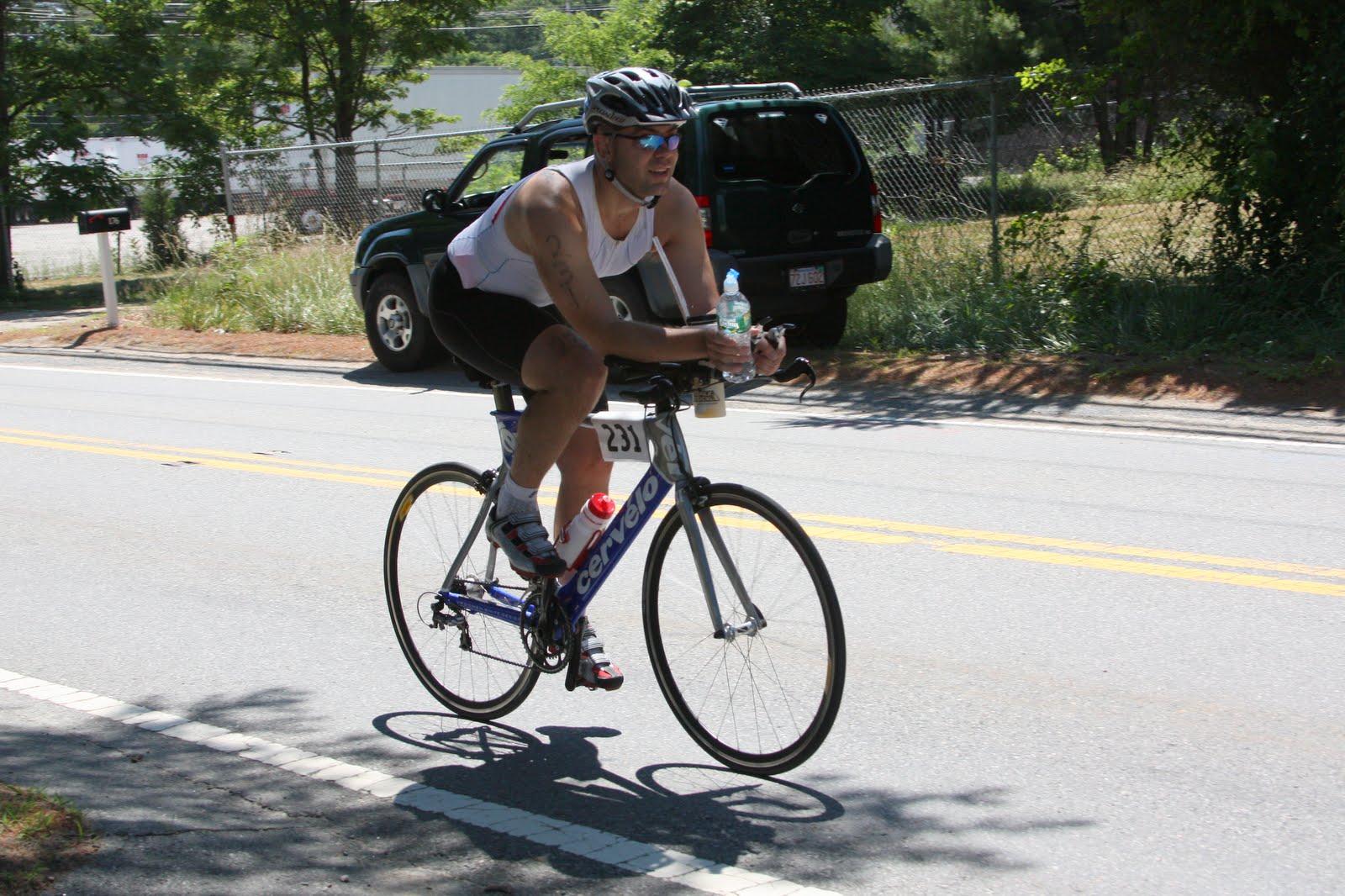
Smile!
Once I got off the bike, the reality of what was still ahead set in. Despite being 59.2 miles and 3 hours and 45 minutes into this race I still had at least 1:45 to go and possibly as much as 2:30. The first 4 miles of the run were by far the hardest thing I’ve physically had to do. Starting the run course I was feeling mentally, physically, and emotionally drained from the previous legs. I had prepared myself for this somewhat and told myself I wasn’t going to quit (at least until mile 3). Physically making the transition from pedaling legs to running legs is a big one but I wasn’t quite prepared for how overwhelming the thought of running 13.1 miles would be. Throw in a few twinges in my legs that would eventually turn into cramps around mile 12 and I had serious thoughts of quitting.
Here’s a photo of me after the first 1/4 mile of the run. This is just 5 minutes after the last bike shot but I do not look nearly as happy.
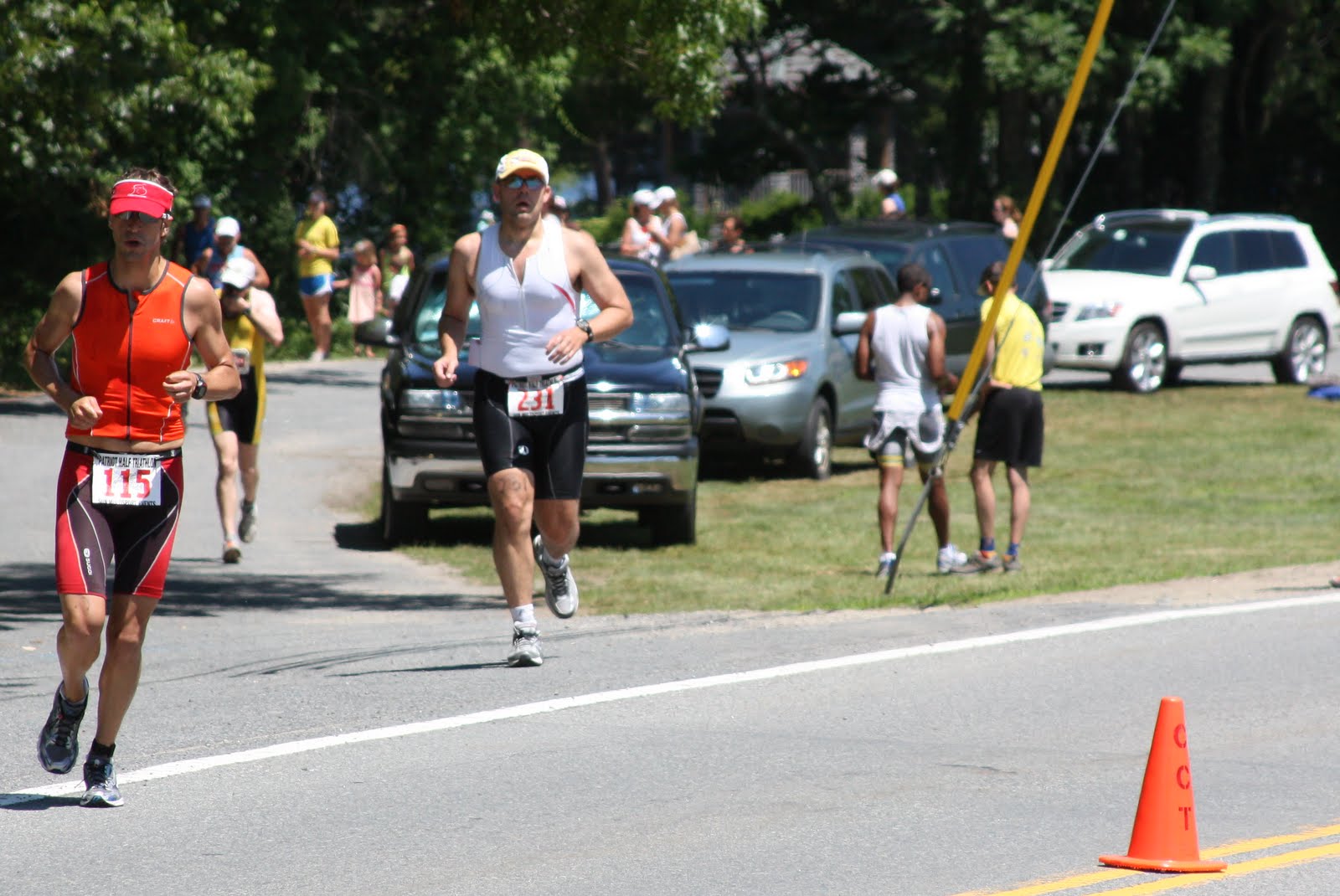
Are we there yet?
I managed to run miles 1 through 4 only walking in the aid stations to get drinks. My first 4 miles were all sub 10 minute pace and my first 1 was actually sub 9. Unfortunately that was the fastest I would move for the rest of the run. At mile 4 we left the shade and entered the hot middle section of the course. The hills that were rolling for the bicycle were very tiring on foot. I ended up walking most of the longer hills from mile 4 through 8 and running the flats and downhills.
Somewhere around mile 8 my body pretty much rebelled. I was starting to get nauseous and running for longer than two minutes started to make me feel slightly dizzy. I really wanted to avoid heat stroke, my legs were too tired to turn over on any sort of hill, and my lower back through rib cage were sore making it hard to get a full breath. Miles 8 through 13 were accomplished by running the downhills, sipping flat coke every mile to calm my stomach, and by power shuffling the hills and flats. I somehow ended up grinding out a very ugly 12 minute mile pace over the last 5 miles. I ended up finishing with a pace of exactly 11 minutes per mile for the entire 13.1 mile run.
This photo is with about 200 meters to go. Looking at it I think I look pretty good. I certainly remember feeling much worse than this indicates.
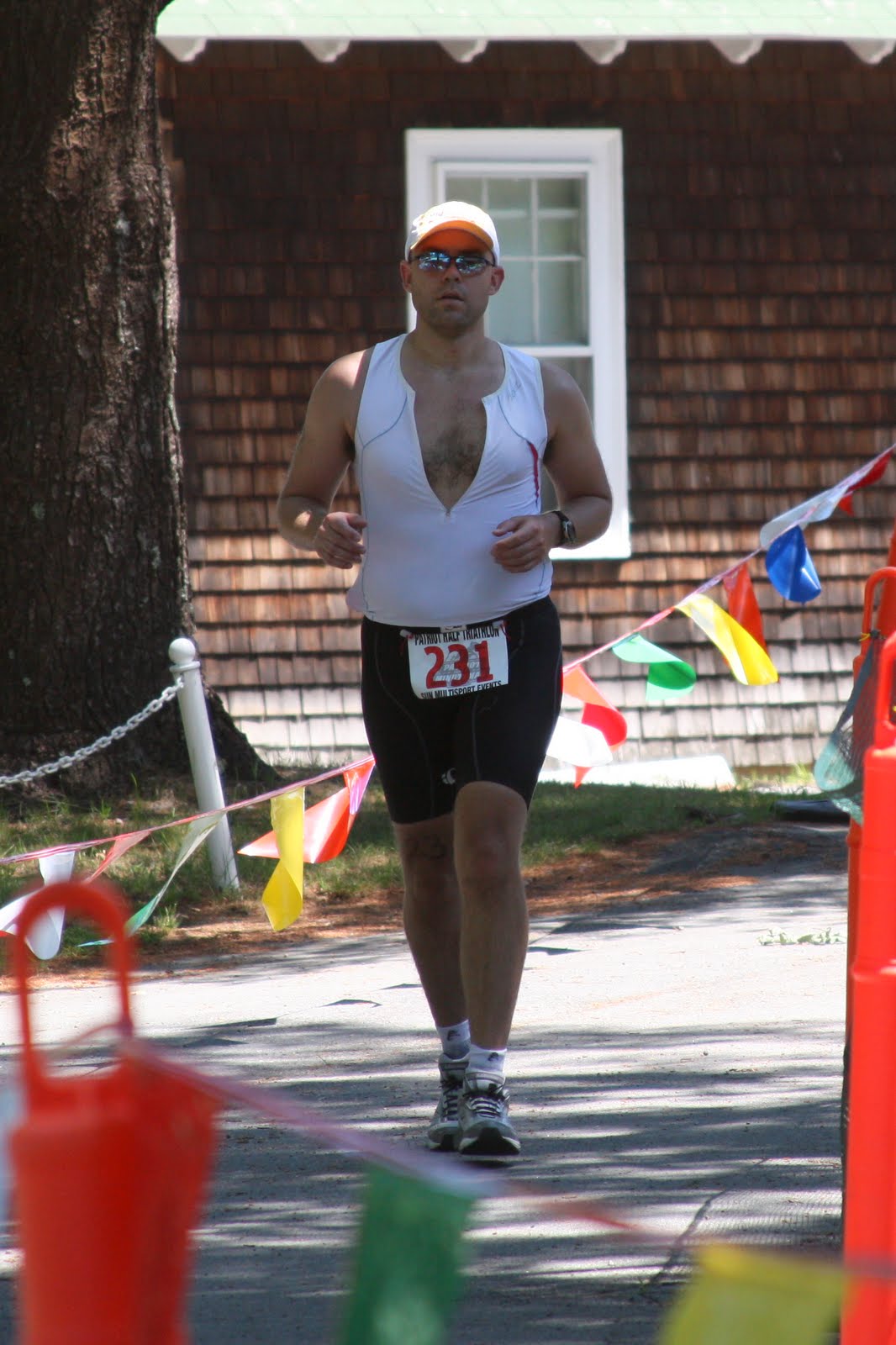
Almost done
Once I entered the chute and crossed the finish line I pretty much melted down for five minutes. I thought I was drained starting the run but afterwards I was even more exhausted and trying to deal with the emotion of finishing the race. I managed to grab a couple orange quarters to eat and sucked down half a bottle of water before stumbling out to find my cheering section and some much needed socialization.
A huge thanks to Susan and Emily for coming out and cheering me on. Susan took the pre-race shots and Emily took the race shots. It means a lot to have people there supporting me.
As for what’s next in the world of triathlon for me, I’m not quite sure. The rest of this summer will be spent riding and swimming for fun and doing run training for an overnight relay in September and the Marine Corps Marathon in October. Other than a break from November to January I’ve spent the past 15 months training for triathlons. Last March I couldn’t swim 100m without stopping to catch my breath, I weighed 220+ pounds, and I didn’t own a bike other than my beat up 15 year old road bike. It’s been quite a busy 15 months but now I can say (although my friends insist this makes me an Aluminum man) that I am a Half Ironman.


